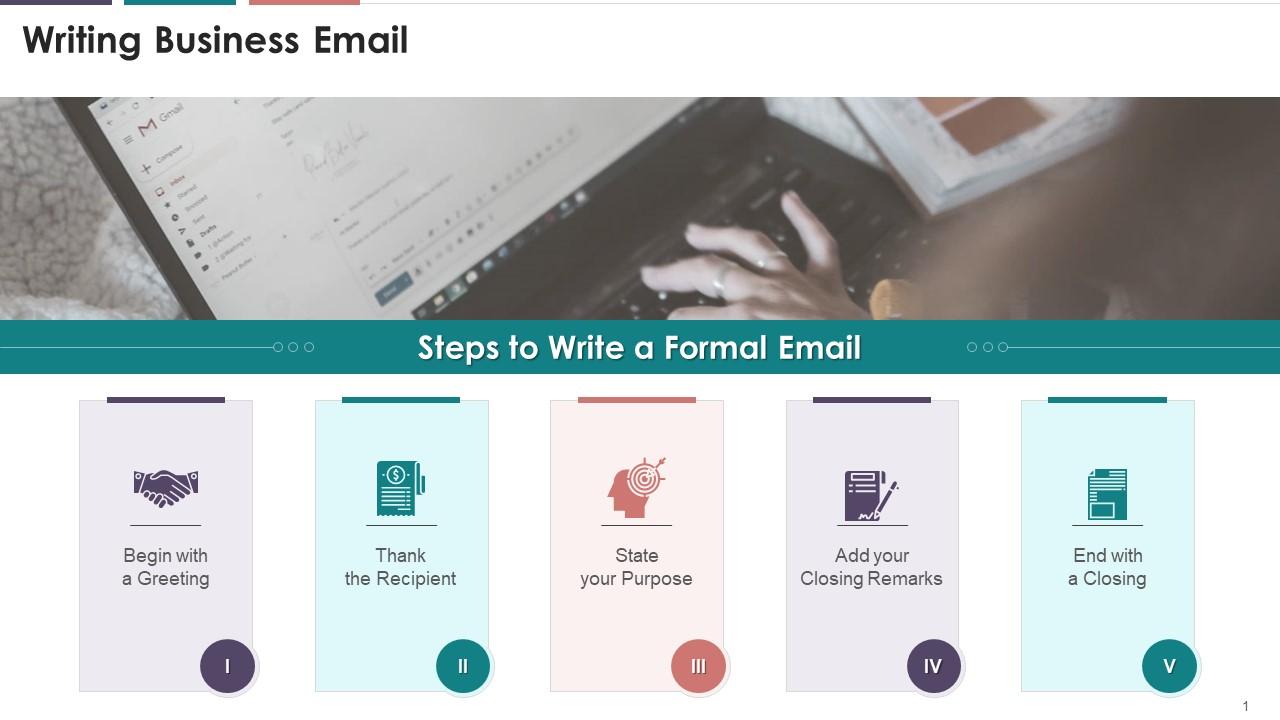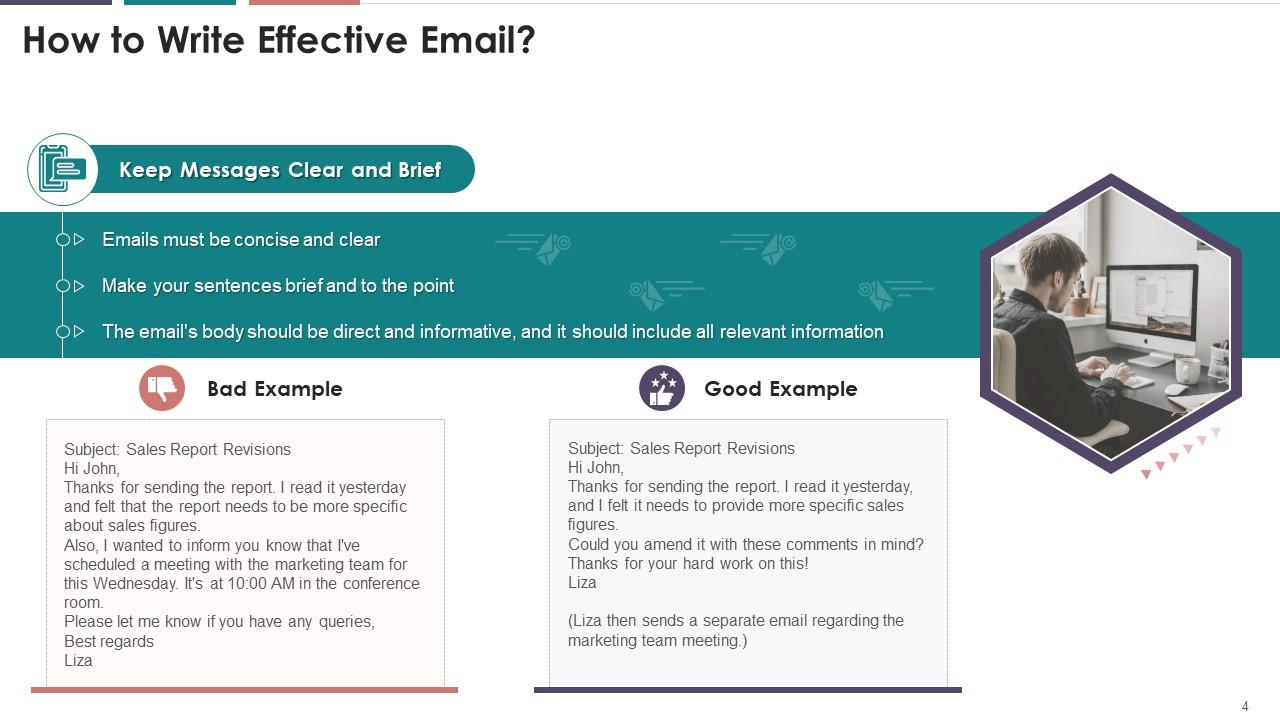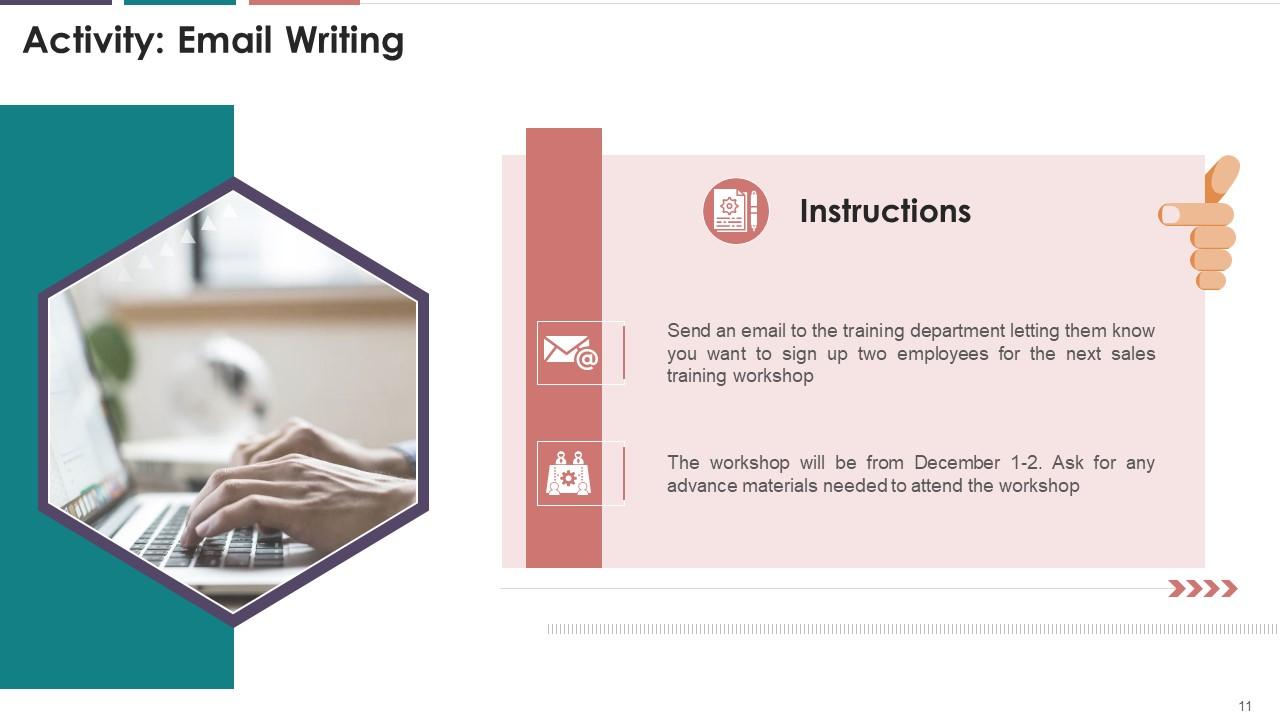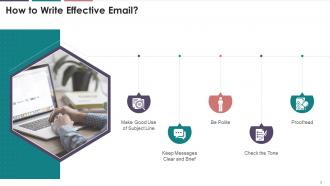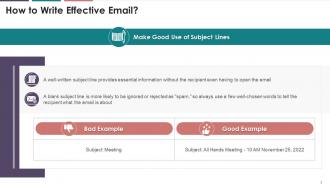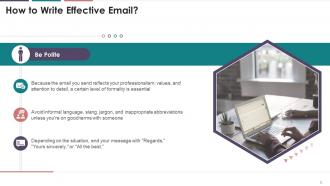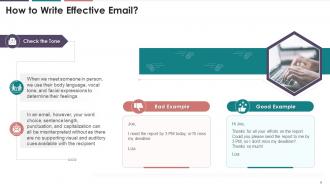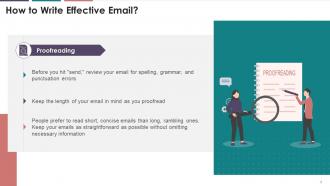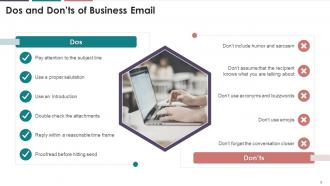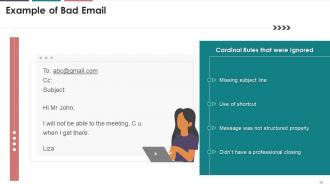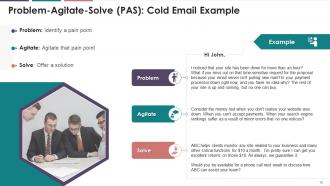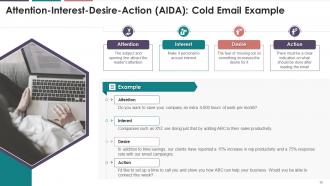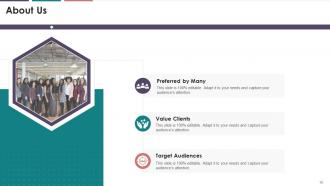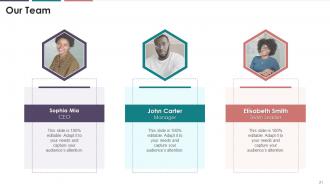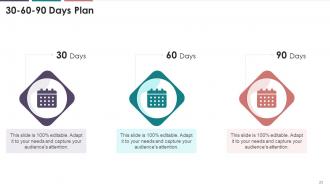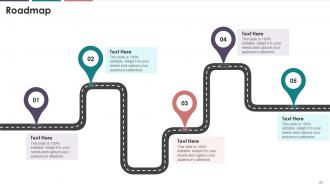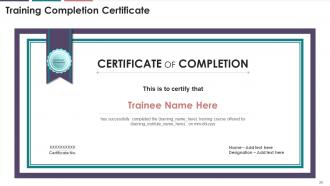How To Write A Professional Business Email Training Ppt
This set of slides covers the strategies to write effective business emails, such as using subject lines, keeping messages clear and brief, checking the tone, etc. It also includes Problem-Agitate-Solve PAS and Attention-Interest-Desire-Action AIDA methods for writing persuasive cold emails.
You must be logged in to download this presentation.
PowerPoint presentation slides
Presenting How to write a Professional Business Email. This PPT presentation is thoroughly researched by the experts, and every slide consists of appropriate content. All slides are customizable. You can add or delete the content as per your need. Download this professionally designed business presentation, add your content, and present it with confidence.
People who downloaded this PowerPoint presentation also viewed the following :
Content of this Powerpoint Presentation
Slide 1
This slide depicts the steps to write a formal email. The steps are: to begin with a greeting, thanking the recipient, stating your purpose, adding closing remarks, and ending with a closing.
Instructor’s Notes:
The steps to write formal email are as follows:
- Begin with a Greeting: Always begin your email with a salutation, such as "Dear Liza." If you have a formal relationship with the reader, use their surname (for example, "Dear Mrs. Pete"). If your relationship is more casual, say, "Hi Kelly." If you don't know who you're writing to, use "To whom it may concern" or "Dear Sir/Madam“
- Thank the recipient: If you're responding to a client's request, you should start by thanking them. "Thank you for contacting ABC Company,". If someone responds to one of your emails, be sure to thank them by saying "Thank you for your prompt response" or "Thank you for getting back to me"
- State your purpose: Make your email's purpose evident from the start, and then continue to the email's main text. For example: "I am writing to inform you about..." or "I am writing about...",
- Add your closing remarks: It's good to thank your reader once more and add some polite ending notes before closing your email. For example: "Thank you for your assistance" could be an excellent place to start, followed by "Please reach out to me in case of any doubts" and "I look forward to hearing from you“
- End with a Closing: The next step is to add an appropriate closure that includes your name. "Best wishes," "Sincerely," and "Thank you" are all formal phrases. Finally, before hitting the send button, double-check and spell-check your email to ensure it's flawless
Slide 2
This slide depicts techniques to write an effective email. The techniques are making good use of subject lines, keeping messages clear and brief, checking the tone, proofreading, etc.
Slide 3
This slide illustrates information regarding the importance of subject line in an email. It highlights that a well-written subject line in an email provides essential information without the recipient even having to open the email. It also highlights a bad and good example of writing a good subject line.
Slide 4
This slide depicts the significance of keeping emails concise and clear. The email's body should be direct and informative, and it should include all relevant information. It also gives an example of a how a bad mail can be turned around into a good one.
Slide 5
This slide showcases the importance of being polite while writing emails. Since the email reflects professionalism, values, and attention to detail, a certain level of formality is essential.
Slide 6
This slide depicts the prominence of checking the tone while writing the email. While writing an email, the word choice, sentence length, punctuation, and capitalization can all be misinterpreted without visual and auditory cues.
Slide 7
This slide illustrates that before sending an email, it must be reviewed for spelling, grammar, and punctuation errors. It also mentions that people prefer to read short, concise emails than long, rambling ones.
Slide 8
This slide depicts the information regarding basic email etiquette in business communication. The etiquette are: drafting clear subject lines, addressing the recipients formally, structuring the message, providing a call to action, and a professional closing, proofreading, etc.
Instructor’s Notes:
Email etiquette that helps in drafting a polite and professional email for workplace are:
- Draft a Clear, Simple Subject Line: The subject line should not be left blank and it should be short but descriptive
- Not to Use All Uppercase: Not only does this appear like you're shouting at the reader, but it's also much harder to read
- Address your Recipients Formally: “Mr.,” “Ms.” or “Mrs.” must be used to address the recipients unless you know them very well
- Structure the Message Clearly: In case of a long message, use short paragraphs and bulleted or numbered lists to highlight important information
- Provide a Call to Action at the End: An email should be concluded with a clear call to action, informing the recipient what you want them to do next
- Include a Professional Closing: Conclude the email with a short closing, such as “Thank you,” “Best regards,” or “Sincerely.” Include your full name at the bottom, along with your title and essential contact information, such as your phone number
- Proofread your Email: Reread your message before sending. Look for proper punctuation, spelling, and grammar
Slide 9
This slide illustrates information regarding the dos and don'ts of business email etiquette. The dos are paying attention to the subject line, using proper salutation, using an introduction, double checking the attachments, proof reading hitting send etc., and the don'ts are using humor and sarcasm, acronyms, emojis, not using conversation closer etc.
Slide 10
This slide depicts an example of a bad email. It highlights the rules that were broken. The broken rules were missing subject lines, usage of shortcuts, improper structuring of the message, and missing professional closing.
Slide 11
This slide illustrates an exercise for the trainees. A situation has been presented, and the trainees are required to draft an email on the situation.
Slide 12
This slide illustrates information related to cold email. It mentions that a cold email is a message you deliver to someone who has probably never heard of your company or knows very little about it.
Slide 13
This slide depicts the steps the steps to write cold emails. The steps can be categorized as the opening line, proposing the unique value you offer, and ending with a call-to-action.
Instructor’s Notes:
Steps to Write the Perfect Cold Email are as follows:
- Write an Intriguing Subject Line: A cold email subject line can be thought of as the key that unlocks the door to our message. While reading the subject line, our prospects form their first impression of us. A poorly written subject line may influence the addressee's opinion of our email or us. They may choose not to open the email or, worse, mark it as SPAMThe Opening Line: Being specific distinguishes you from the hundreds of emails prospects receive in their inbox. When you start an email with information about the prospect's website or product, it shows that you did your research before contacting them. It also helps in grabbing the reader’s attention
- Propose the Unique Value you Offer: The readers are interested in why they should read your email. So, once you've found an appropriate opening line, get to the point and discuss:
Why you're reaching out to them?
What can you do to assist them?
The advantages of establishing a business relationship with you
Example of how your offering has benefited other businesses - End with a Call to Action: This step is pretty straightforward. What do you want them to do after reading your email. It can be to schedule a meeting, reply to your email, sign up for your product/service, etc.
Slide 14
This slide depicts an example of a cold email. The example has been explained using PAS Model (Problem, Agitate, and Solve).
Slide 15
This slide depicts an example of a cold email. The example has been explained using AIDA Model (Attention, Interest, Desire, Action).
How To Write A Professional Business Email Training Ppt with all 31 slides:
Use our How To Write A Professional Business Email Training Ppt to effectively help you save your valuable time. They are readymade to fit into any presentation structure.
-
Well-designed and informative templates. Absolutely brilliant!
-
Excellent design and quick turnaround.


